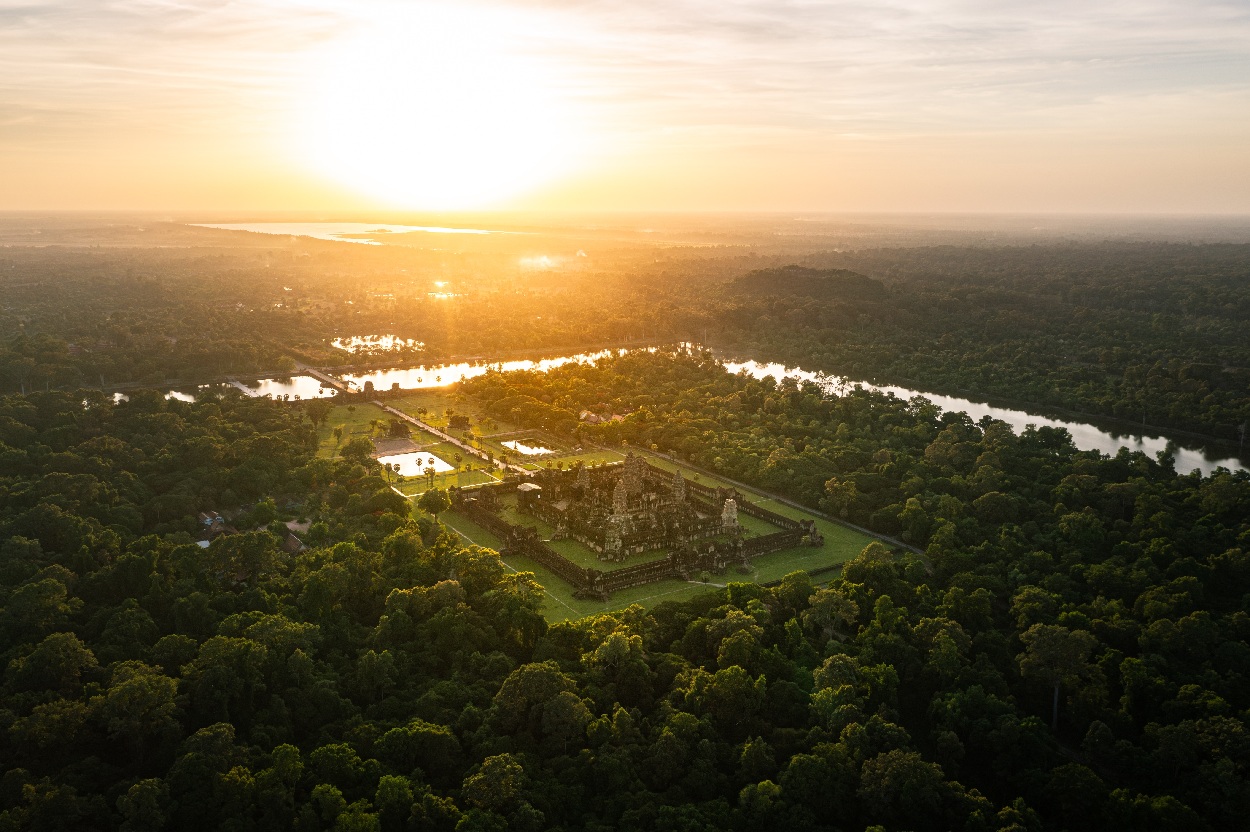Archaeologists have created deep learning models, specifically with DeepLab V3+, for semantic segmentation to identify previously unknown reservoirs from the Angkor period.
Angkor, situated in Cambodia’s Siem Reap province, served as the capital of the Khmer Empire between the 9th and 15th centuries AD.
After the Empire’s collapse in AD 1431, the city was largely abandoned, except for several ancient temple complexes that continued to be used for Theravada worship.
Previous studies by an international team of researchers have used satellite imagery and LiDAR to locate remnants of the city’s urban expanse, revealing over 25,000 features beneath the forest canopy.
However, the manpower required to map the landscape beyond the central area of Angkor has proven extremely time consuming, which a new study published in the journal PLOS one has addressed by using deep learning AI.
Training the AI required cleaning and curating a large dataset of known reservoir shapes. From over 11,000 examples, around 3,600 high-quality, AI-compatible samples were used after secondary manual checks. The model was trained on image patches of 512×512 pixels using advanced techniques to improve accuracy and avoid overfitting.
According to the study authors, the AI could detect reservoirs with an acceptable accuracy with a F1-score (a balance of precision and recall) of up to 45% in favourable regions – placing the AI performance on par with a trained student.
This method, combined with expert validation, means that AI could reduce the time the mappings tasks take by up to 90%.
“Integrating AI as a tool for reservoir identification into large-scale mapping projects offers promising opportunities for expediting research. However, it remains crucial to underscore the importance of human validation in verifying results. Enhancing the adaptability of neural networks to diverse landscapes through domain adaptation techniques represents a promising avenue for future research,” said the study authors.
Header Image Credit : Shutterstock
Souces : PLOS one – https://doi.org/10.1371/journal.pone.0320452





